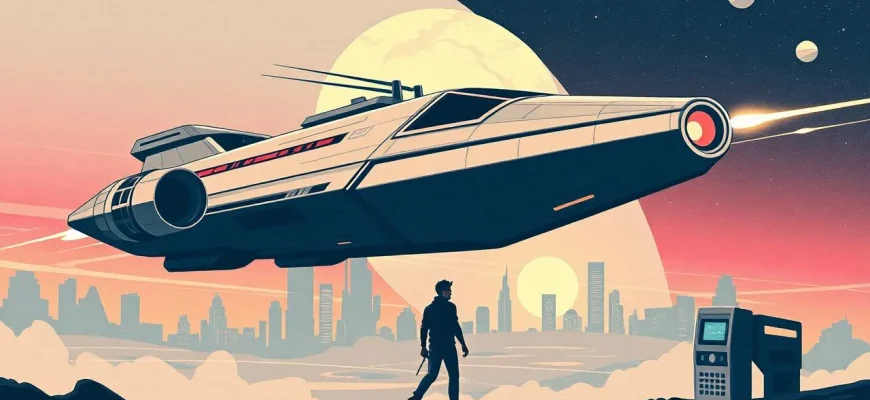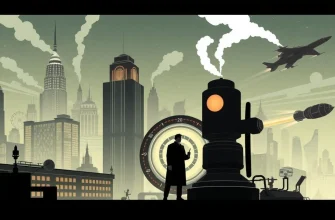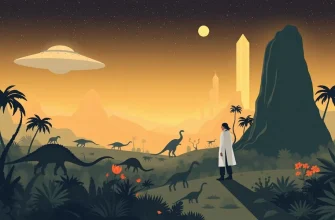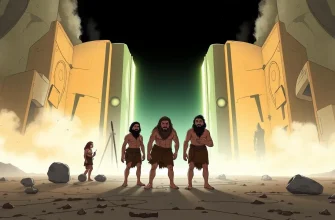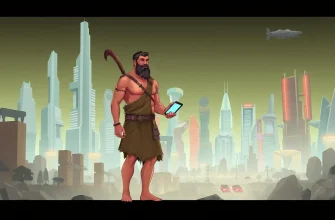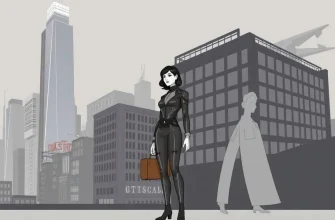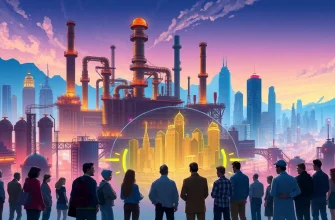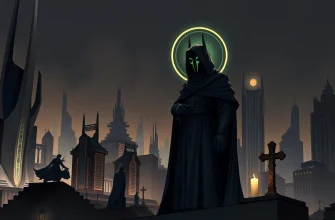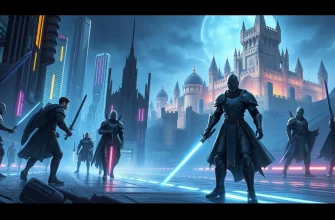The 90s were a golden era for science fiction cinema, where filmmakers pushed the boundaries of imagination, technology, and storytelling. This collection of 10 films from the 90s not only captures the essence of that time but also showcases the genre's evolution, blending nostalgia with timeless themes of exploration, technology, and human nature. Whether you're a fan of dystopian futures, alien encounters, or mind-bending realities, this list will transport you back to a decade where the future was just a movie away.
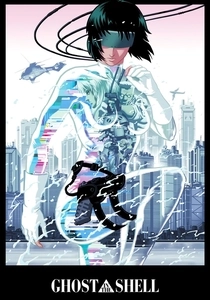
Ghost in the Shell (1995)
Description: An anime film that influenced countless cyberpunk narratives, it's set in a future where cybernetic enhancements are common, reflecting 90s anxieties about technology and identity.
Fact: The film's visual style and themes heavily influenced "The Matrix." It was one of the first anime films to be widely recognized in the West for its philosophical depth and stunning animation.
 Watch Now
Watch Now 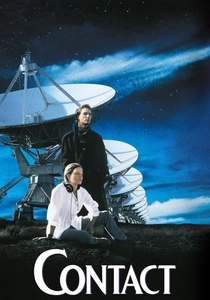
Contact (1997)
Description: Based on Carl Sagan's novel, this film explores the search for extraterrestrial intelligence, embodying the 90s fascination with space exploration and the unknown.
Fact: The film's opening sequence, showing the history of communication, was created by the same team that did the opening for "The Day the Earth Stood Still." Jodie Foster's character was inspired by Sagan's wife, Ann Druyan.
 Watch Now
Watch Now 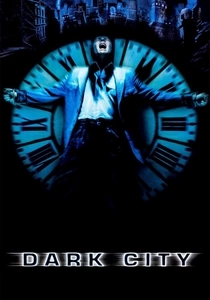
Dark City (1998)
Description: A neo-noir sci-fi film that explores themes of identity and memory manipulation, set in a perpetually dark city where time stands still. Its unique visual style and narrative make it a standout from the 90s.
Fact: The film was originally conceived as a comic book, and its director, Alex Proyas, had to fight to keep the film's dark, moody atmosphere intact. The city was entirely built on soundstages, creating a surreal, dreamlike environment.
 Watch Now
Watch Now 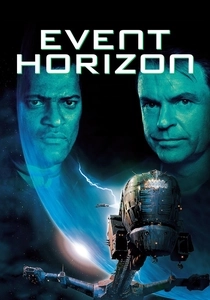
Event Horizon (1997)
Description: A horror sci-fi film that delves into the psychological effects of space travel and the unknown, capturing the 90s' darker side of space exploration.
Fact: The film's original cut was much more graphic and disturbing, but it was edited down for a broader audience. The movie's concept was inspired by the likes of "Alien" and "The Shining."
 Watch Now
Watch Now 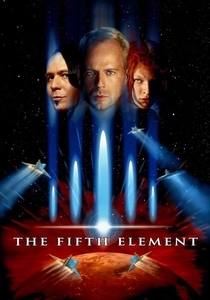
The Fifth Element (1997)
Description: A visually stunning film that combines elements of comedy, action, and romance in a futuristic setting, capturing the eclectic spirit of 90s sci-fi.
Fact: The film's costume designer, Jean-Paul Gaultier, created over 900 costumes, many of which have become iconic. The character Leeloo was inspired by a dream Luc Besson had as a teenager.
 Watch Now
Watch Now 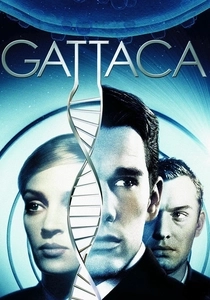
Gattaca (1997)
Description: This film delves into the ethics of genetic engineering, presenting a world where one's genetic makeup determines their social status. It's a poignant reflection of 90s concerns about biotechnology.
Fact: The film's title is derived from the letters representing the four nucleic acids of DNA: Guanine, Adenine, Thymine, and Cytosine. The film was shot in sequence to help the actors portray their characters' emotional journey more authentically.
 Watch Now
Watch Now 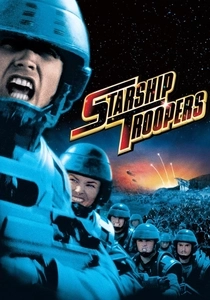
Starship Troopers (1997)
Description: A satirical take on militarism and fascism, this film uses a futuristic setting to critique societal norms, making it a unique entry in the 90s sci-fi landscape.
Fact: The film was initially misunderstood as a straightforward action movie, but director Paul Verhoeven intended it as a satire. The special effects for the bugs were groundbreaking at the time.
 Watch Now
Watch Now 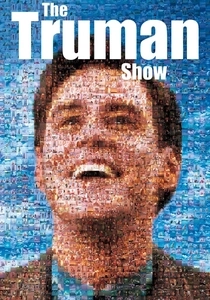
The Truman Show (1998)
Description: While not strictly sci-fi, this film explores themes of reality, surveillance, and media manipulation, making it a fitting addition to the 90s sci-fi canon.
Fact: The film's set was the largest ever built for a movie at the time, covering 18 acres. Jim Carrey's performance was a significant departure from his usual comedic roles.
 Watch Now
Watch Now 
Cube (1997)
Description: A low-budget Canadian film that became a cult classic, it's about a group of strangers trapped in a deadly, ever-changing maze, reflecting 90s themes of existential dread and paranoia.
Fact: The film was shot in just 20 days, with the entire set built inside an old factory. The director, Vincenzo Natali, had to use practical effects due to budget constraints, which added to the film's eerie atmosphere.
 Watch Now
Watch Now 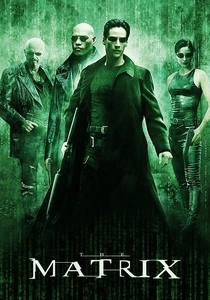
The Matrix (1999)
Description: A groundbreaking film that redefined the sci-fi genre with its innovative special effects and philosophical questions about reality. It's a must-watch for its depiction of a simulated reality in the 90s.
Fact: The "bullet time" effect was created specifically for this film, revolutionizing action sequences in cinema. The film's plot was inspired by various philosophical concepts, including Plato's Allegory of the Cave.
 Watch Now
Watch Now 
